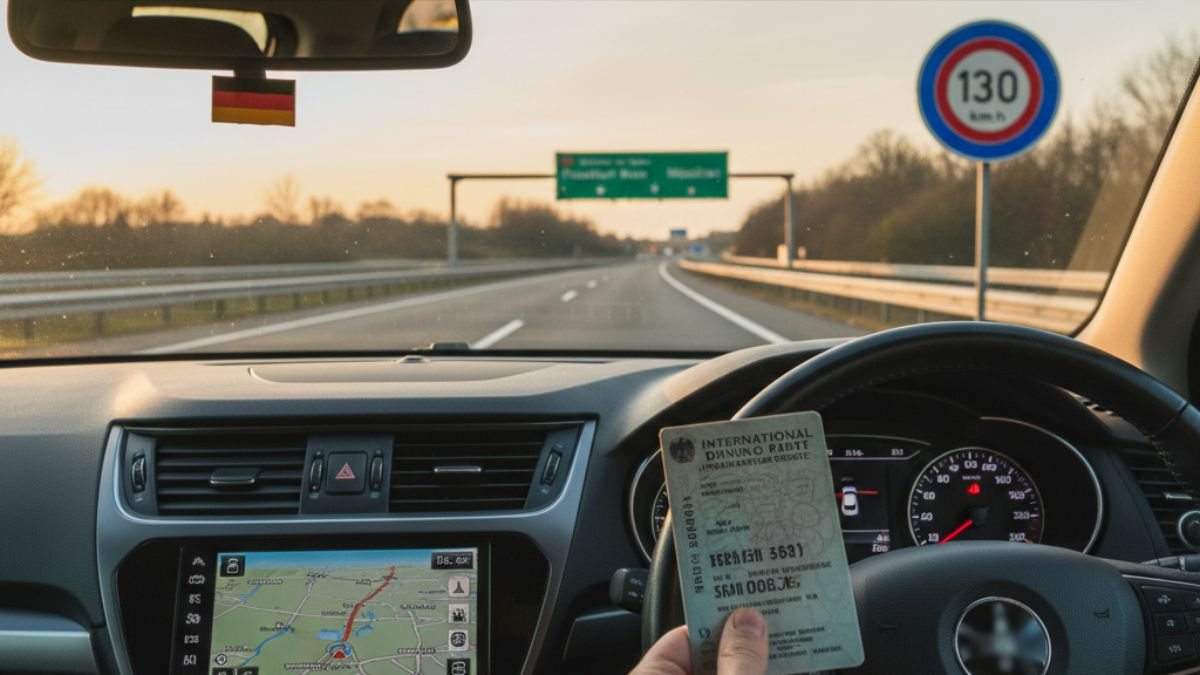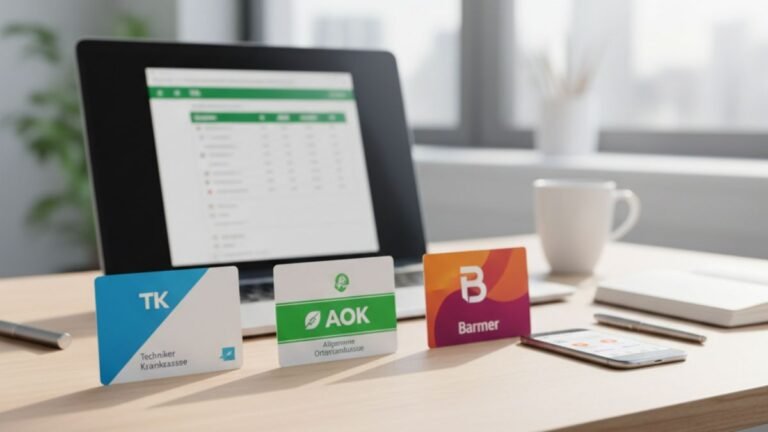Can I Drive in Germany? Rules for Using Your Foreign Driver’s License

As a tourist, you can drive in Germany for up to six months with a valid foreign license from a non-EU country. After six months of establishing residency in Germany, your license is no longer valid, and you must obtain a German one.
For visitors (up to six months)
- International Driving Permit (IDP): While German law does not require an IDP for all non-EU licenses, it is a highly recommended and convenient supplement. Some rental car agencies may require an IDP, and it can help bridge language barriers with German officials in case of an accident or traffic stop. An IDP is a translation of your home country’s license and must be carried with your valid original license.
- License translation: If your license is not in German and you do not have an IDP, you should carry an official translation of your foreign license.
- U.S. license holders: You can drive in Germany for up to six months with your valid U.S. driver’s license.
For residents (longer than six months)
If you establish “normal residence” in Germany (living there for at least 185 days per year), your foreign license is only valid for six months. After this period, you must convert it to a German driver’s license.
Converting your license
The process for converting a non-EU license depends on your country of origin.
Germany has special arrangements with many countries, including some U.S. states. Holders from these locations may be able to exchange their license without taking a written or practical test. For others, a written test may be required.
To convert your foreign license to a German one, you will need to apply at your local driver’s licensing authority (Fahrerlaubnisbehörde or Führerscheinstelle). The process and required documents can vary depending on where your license was issued, but common requirements include:
- A valid foreign driver’s license
- A certified translation of your license (if not in German)
- A passport or ID card
- A recent biometric passport photo
- Proof of residency in Germany (Anmeldebestätigung)
- Results of an eye test
- Proof of completion of a first-aid course
For licenses from countries that do not have a special agreement with Germany, you will likely be required to pass both a theoretical and a practical driving test. It is advisable to start the conversion process well before your six-month grace period expires, as it can take some time to complete.
German driving rules
- Emergency equipment: Your vehicle must contain a reflective vest, a warning triangle, and a first-aid kit.
- Tires: In snowy or icy conditions, you must have all-season or snow tires. Failure to do so can result in fines or liability in an accident.
- Autobahn etiquette: While some sections have no speed limit, many do. You must drive as far to the right as possible, and passing is only permitted on the left.
- Seat belts: Seat belts are mandatory for all passengers, front and back.
- Phone use: Using a handheld mobile phone while driving is strictly prohibited.
If you’re looking for more blog like DB Navigator App: How to Easily Buy Train Tickets in Germany and The Deutschlandticket in 2026: Is the €63 Ticket Still Worth It? subscribe to join us.






